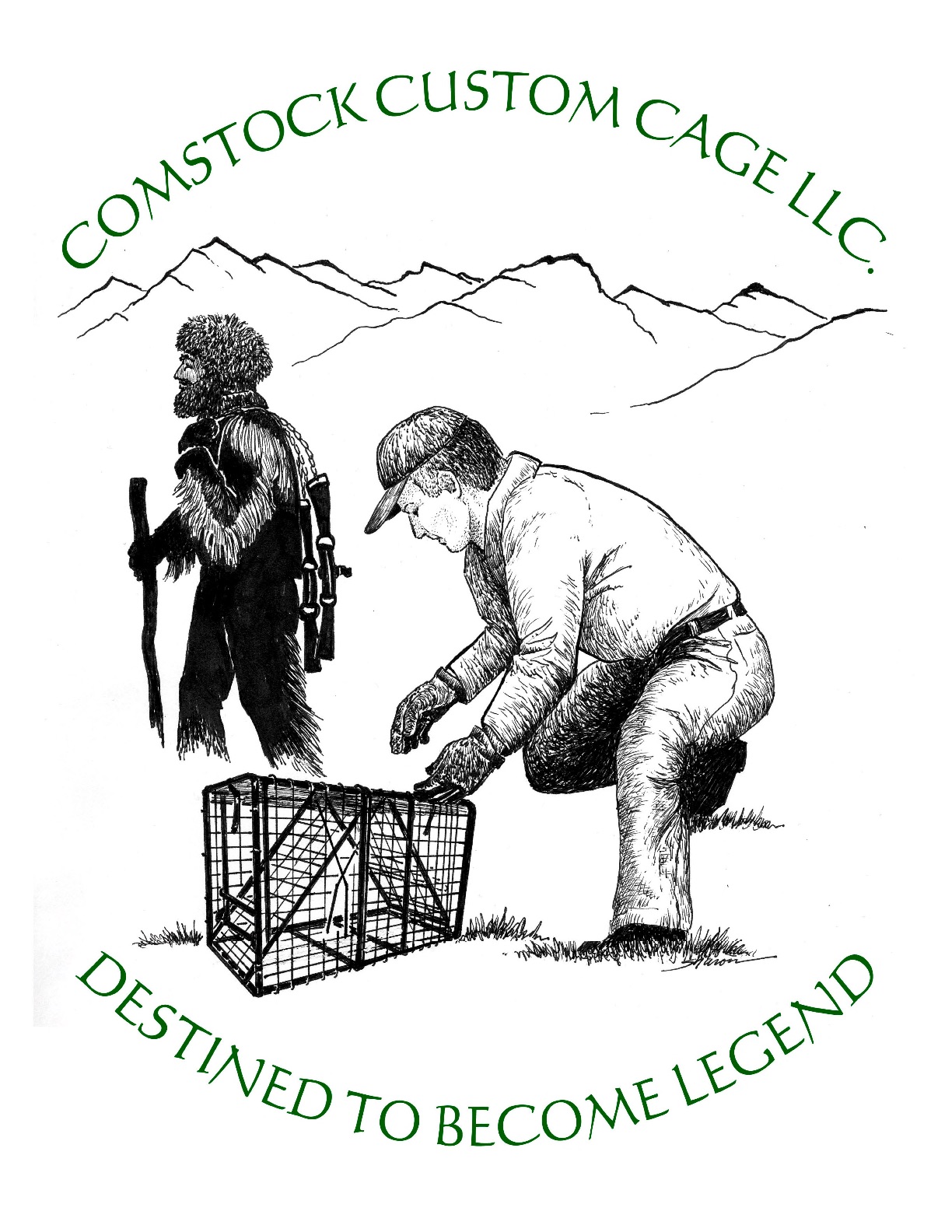BUY DIRECTLY FROM THE INVENTOR!
BEST CUSTOMER SERVICE & SUPPORT – 7 DAYS A WEEK
Tips
For Trapping Techniques, and More check out our Blog!
General Tips for Setting the Comstock Cage Traps
Though the traps will perform in any position, when placed right side up, upside down, sideways or vertically on land, in water or under water, is easiest to set the trap on a level surface. Placed on the level the components line up and stay in line for quick setting. Once the trap is set, it is stable enough to be screwed onto a wall or hung up in any manner or angle without fear of firing.
Tips for Setting the 9 x 11 and 12 x 12 Comstock Cage Traps
These cage traps have a unique characteristic in a variable trigger. The amount of pressure required to rotate the trigger wires and swing bar unit to fire the trap is determined by the positioning of the door hook on the trip rod catch at the end of the trip rod. For the lightest pressure, which is generally preferred, the door hook is placed tight against the trip rod. By moving the hook only a fraction away form the trip rod, 1/16 or 1/8 of an inch outward from center, you will notice that the trigger will “stiffen,” more difficult to move and harder to fire.
For even lighter setting, a small amount of vaseline on the contact points will allow the trigger to be rotated with very little pressure.
